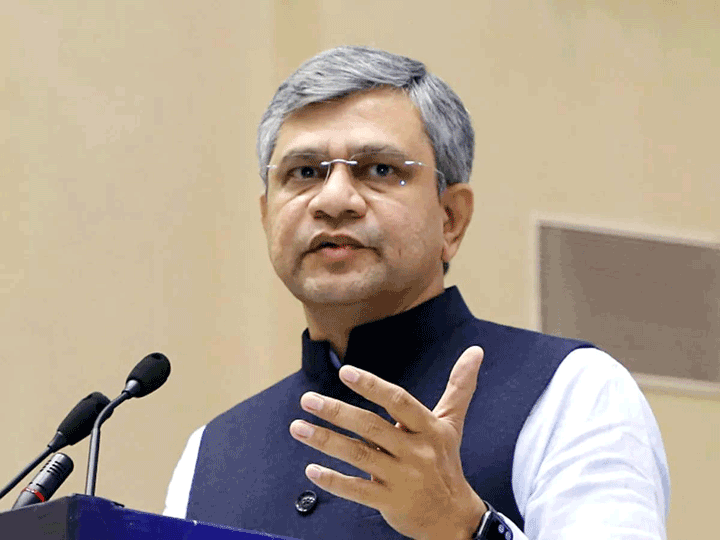Why pioneering Nokia couldn’t beat the iPhone
In autumn 2007, Jorma Ollila, who had stepped down the year before as Nokia’s chief executive officer but was still the chairman, polled 12 top company executives on whether they thought Apple’s new iPhone posed a big threat. Two said no, Ollila recalls in “Against All Odds,” a surprisingly engrossing memoir first published in Finland in 2013 but just now translated into English.
The other ten thought the iPhone would prove a serious competitor that we shouldn’t underestimate. Some of them expressed their views in terms not fit for publication. The message was clear: most of Nokia’s key people were alert enough to grasp that Apple really had thrown down the gauntlet in the contest for the smartphone market.
The subtitle of Ollila’s book is “Leading Nokia from Near Catastrophe to Global Success,” and the story of the company’s transformation from failing Finnish conglomerate when he took over as CEO in 1992 to global mobile-phone juggernaut by decade’s end really is pretty amazing. But so is the story of what happened after 2007, as Nokia’s market share collapsed and it finally sold the phone business to Microsoft, which is now shutting much of it down.
Ollila still uses a Microsoft smartphone of Nokia lineage, but said Monday during a visit to New York that it will probably be his last. He does not shy, in print or in person, from addressing the calamitous change in Nokia’s fortunes. His overriding message is that, even when you recognize an existential threat to your company, it can be really hard to get out of the way.
Nokia’s leadership knew since at least 2004 that smartphones were probably the future of mobile, and that operating-system software was the key competitive differentiator. The company had even been selling a pioneering smartphone, the Communicator, since 1996. But when Apple — followed by Google and Microsoft — set to work building operating systems for phones, Nokia just couldn’t keep up.
“The computer industry heritage and operating-system know-how on the West Coast of the US was just too much,” Ollila said Monday. “That was the main reason.” Reason No 2 was that it’s really hard to shift the direction of a giant, heretofore spectacularly successful organization.
From the book:
We understood the problem, but at some deep level we couldn’t accept what was happening. Many big projects just carried on. We examined the sales projections for the following quarter, when our eyes should have been focused much further ahead.
And
The worst that can happen to a company is to run out of money and be forced into bankruptcy. Enormous success is perhaps the next worst.
That’s awfully fatalistic! Which doesn’t mean it’s wrong. For all the attention lavished over the past 20 years on the threat of disruptive innovation and how established companies should respond to it, I don’t think established companies have gotten much better at it. Maybe they just can’t.
In his book, Ollila ascribes most of Nokia’s seemingly out-of-nowhere success in the 1990s to a combination of luck, boldness born of desperation and a unique management structure. The management structure is important. I remember encountering it when, as a London-based writer for Fortune, I approached Nokia’s head of corporate communications in early 2000 to see if I could interview Ollila for a story about the company. Sure, you can talk to Jorma, the response came back (this is a paraphrase; I don’t claim to remember the exact words). But you also need to schedule interviews with Matti, Olli-Pekka, Pekka and Sari.
This was what Ollila refers to in the book as “The Five,” the pentarchy that called the shots at Nokia from the early 1990s through 2004. They were all Finns who started at Nokia in the early to mid-1980s, had grown up far from wealthy and far from the capital city of Helsinki, and were in their late 30s or early 40s when they were thrown into leadership roles together.
By 1994, they were operating as a near-seamless team, with Ollila as a sort of captain but every member possessing what appeared to be equal authority to make decisions. Whenever there was an especially big decision to make, The Five would meet — on a Sunday evening, or early in the morning before others arrived in the office — to hash things out.
Ollila said that he’s never encountered anything quite like The Five in any other corporation. It certainly worked well for Nokia in its growth years, as The Five’s example of a team that shared authority yet made decisions quickly came to permeate the entire company.
But, of course, The Five eventually had to break up, which it did starting with the departures in 2004 of Sari Baldauf, who wanted a break from the corporate grind, and Matti Alahuhta, who became CEO of elevator-maker Kone. Pekka Ala-Pietilä, Nokia’s president and the likeliest successor to Ollila, took himself out of the running for the CEO job soon afterward. That left Olli-Pekka Kallasvuo, who ended up with what turned out to be the pretty thankless task of running the company from 2006 to 2010.
So you could say it was the iPhone that ruined everything for Nokia. But maybe, just maybe, it was the end of The Five that did it.
Although it didn’t ruin everything. Nokia lives on in the form of its network equipment business, which operated in the shadow of phones in the 1990s and 2000s. It completed the acquisition of competitor Alcatel-Lucent early this year, and now has 103,000 employees and a market capitalization of $29 billion. “History gives a hint,” Ollila writes near the end of his book, “that after a metamorphosis Nokia will probably find some new area into which it can grow.”











